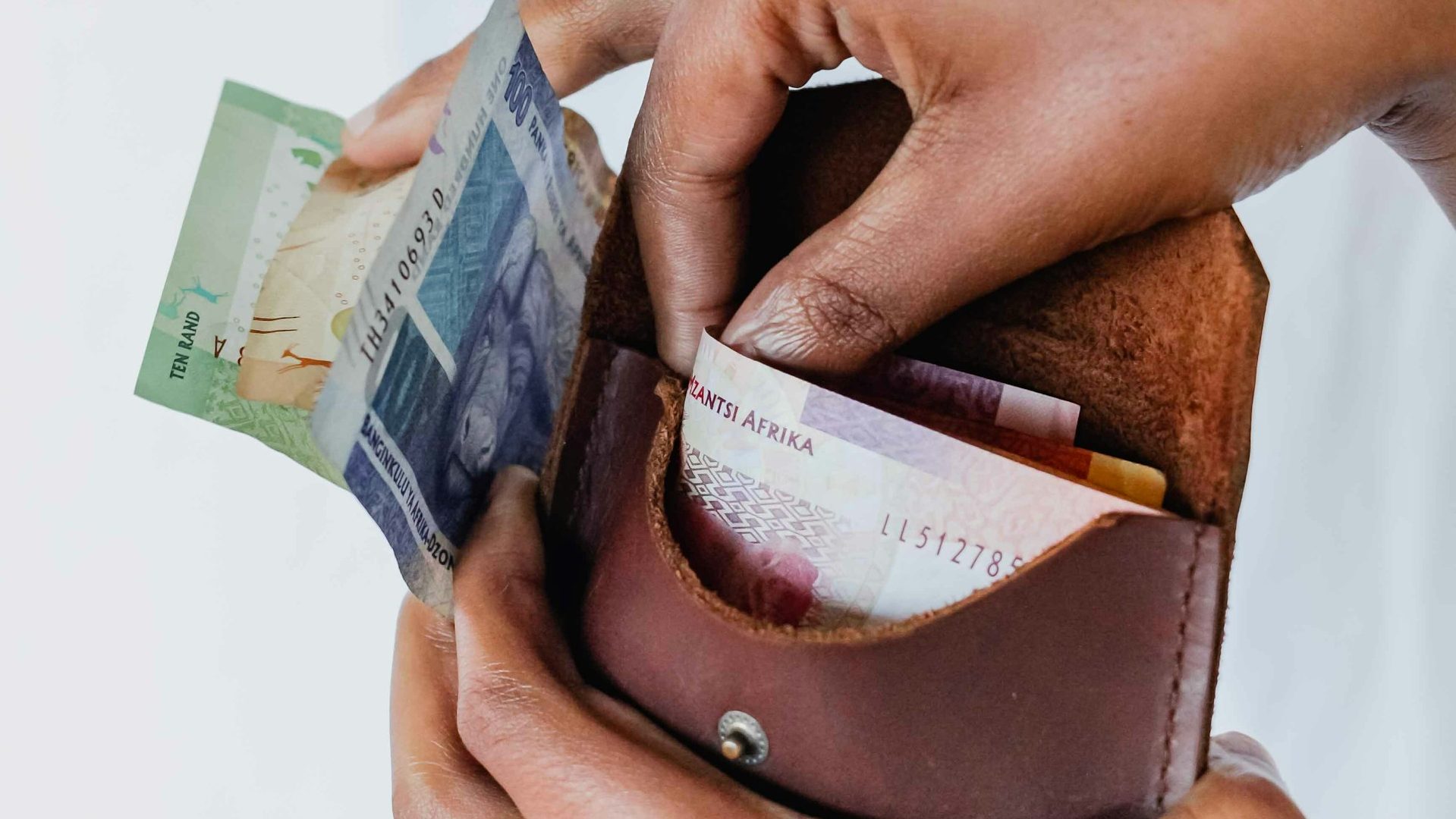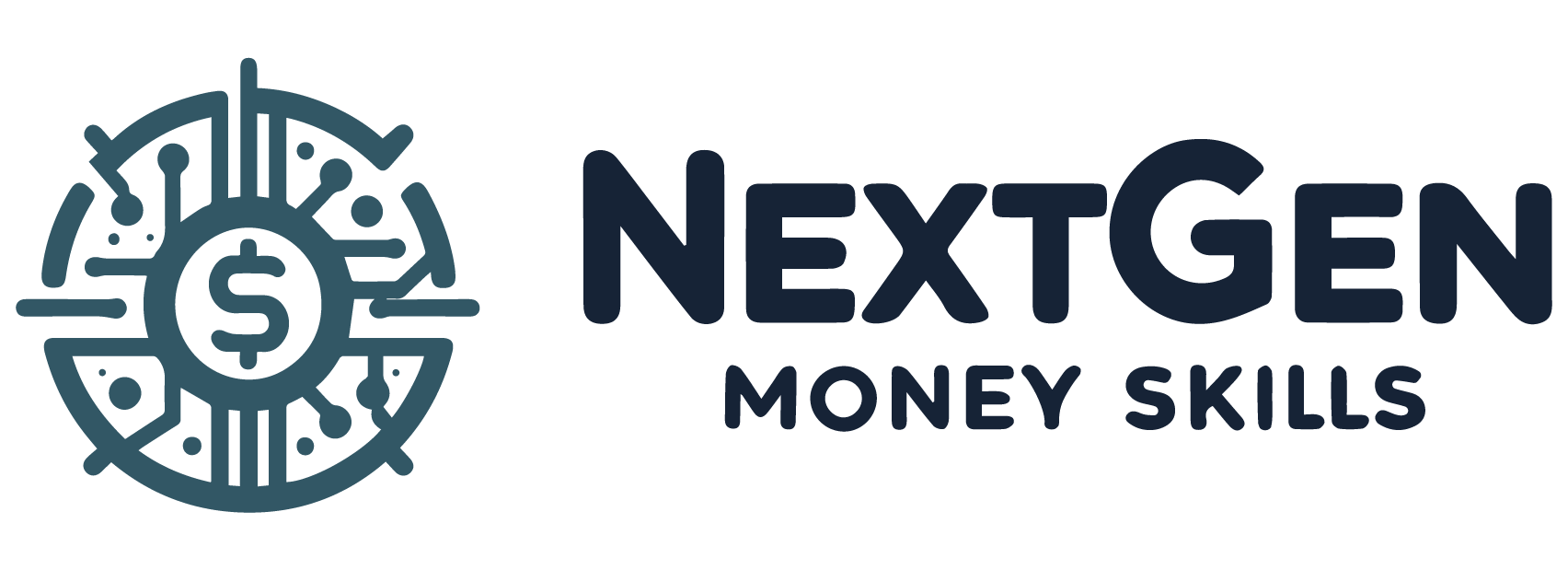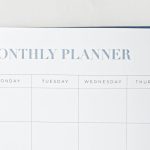Table of Contents
Living paycheck to paycheck can feel like you’re stuck on an endless loop, but stepping off the wheel is possible. By learning to allocate your earnings, save for emergencies, and manage your monthly expenses with smart money management techniques such as the envelope system, you’re laying the groundwork for financial stability. Establishing automatic payments can help ensure you’re never late on bills, which saves on late fees and helps to build that crucial nest egg slowly. The key is to start saving more money, even if it’s just a little at a time. Learn how to save money when living paycheck to paycheck in this articlel.
Laying the Groundwork for Financial Freedom
The first step to achieving financial freedom is committing to changes that help you save money. It’s about embracing a mindset that prioritizes financial health over immediate gratification. Here are some of the things you should do.
Embrace Budgeting as Your Blueprint
Begin your journey by seeing budgeting not as a constraint but as a liberating blueprint for your finances. It’s a tool that puts you in control, enabling you to track your spending and save money more effectively. By planning your expenditures, you can avoid the pitfalls of impulsive buying and ensure that your hard-earned money is used to bolster your financial well-being.
The Envelope System: Allocating Funds With Purpose
The envelope system is a tangible method to manage your money. You distribute your cash into different envelopes, each labeled for a specific expense. This hands-on approach means you can only spend what’s in each envelope, helping to curb overspending and giving every dollar a clear purpose. It’s a classic technique that, when used consistently, can be remarkably effective in controlling your spending habits.
Digital Tools: Streamlining Your Budget Management
In today’s digital age, managing your budget has never been easier. Countless apps and online tools are designed to track your spending, categorize your expenses, and even provide insights into where you can cut back. These resources simplify staying on top of your financial situation and making informed decisions that contribute to your savings goals.
Prioritize Essential Expenses
Focusing on essential expenses is crucial. This means ensuring that your monthly budget covers the basics like rent, utilities, health insurance, and groceries. Public transportation can also be a cost-effective alternative to owning and maintaining a car, reducing your monthly outlay.
Identifying Your ‘Four Walls’
The ‘Four Walls’ are your financial foundation: food, shelter, utilities, and transportation. Ensuring these essentials are covered before anything else provides security and peace of mind. By prioritizing these, you protect yourself from the risks associated with financial uncertainty.
Cutting Costs on Necessities
Even with necessities, there are ways to trim expenses. Consider shopping at discount stores, buying in bulk, or selecting generic brands. Simple adjustments like using energy-efficient bulbs or reducing water usage can lead to savings for utilities. Each small change can add up to significant reductions in your monthly expenses.

Slashing Unnecessary Spending
Getting a handle on unnecessary spending can transform your finances. Start by examining your fixed expenses like rent and cell phone bills, then scrutinize your monthly spending habits. By identifying and eliminating wasteful money habits, you can free up funds for saving or paying down debt.
Eliminate Non-essential Expenditures
Eliminating non-essential expenditures can feel overwhelming, especially when juggling card debt, student loan debt, and car payments. However, crafting a spending plan that allocates funds to debt repayment allows you to take control and move towards a debt-free life. Every dollar saved from cutting out non-essentials accelerates your path out of debt.
Smart Shopping Strategies
Adopting smart shopping strategies is essential for stretching your paycheck. It involves proactively seeking out deals, using coupons, and waiting for sales to make purchases. These habits help save money and instill discipline in how you manage your financial resources.
Using Coupons and Discounts
Never underestimate the power of coupons and discounts. These small savings can accumulate over time, significantly reducing your grocery bill and other expenses. Watch for digital coupons, loyalty programs, and in-store promotions to maximize your purchasing power.
Timing Purchases With Sales Cycles
Understanding sales cycles can lead to significant savings. Retailers often have predictable patterns of discounts and promotions. By timing your purchases to align with these cycles, you can buy what you need at the lowest possible prices, avoiding the premium of off-season shopping.
Conquering Debt Strategically
Debt can be a heavy burden, but it’s possible to conquer it with a strategic approach. Prioritizing high-interest debt and considering options like balance transfers, personal loans, or consolidating your debt can reduce financial stress and lower monthly payments. The goal is to pay off debt efficiently and free up your finances for saving and investing.
Tackling High-interest Debt First
High-interest debt is a formidable enemy in your financial journey. By focusing on paying off this debt first, you’re reducing the amount you pay in interest and freeing up more money for savings or other financial goals. It’s a critical step in regaining control over your finances and reducing the pressure that comes with debt.
Debt Snowball vs Avalanche: Choosing Your Method
Two popular strategies emerge when setting your financial goals and focusing on paying off debt: the debt snowball method and the debt avalanche method. The debt snowball method first targets debts with the smallest balances while making minimum payments on others, building momentum as each debt is paid off. Conversely, the debt avalanche method prioritizes high-interest debt, saving you more on interest over time. Both methods are effective; your choice should align with your motivation and debt repayment plan.
Commit to Consistent Savings
Consistent savings help cushion against financial hardships life throws your way, such as car repairs or unexpected living expenses. This practice is a cornerstone of economic freedom and is essential when saving for retirement.
Automate Savings to Ensure Consistency
Automation is a powerful tool to ensure you save consistently. Set up an automatic transfer to your savings account each pay period so you’re less tempted to spend what you should be saving. This habit can help you build your nest egg without requiring daily discipline.
Selecting the Right Savings Account
Choosing the right savings vehicle can amplify your efforts. A high-yield savings account offers better returns than a standard account. At the same time, a certificate of deposit could provide a higher interest rate for locking in funds for a set period. Assess your goals and liquidity needs to make the right choice.

Preparing for the Unexpected
Life’s unpredictability underscores the importance of being financially prepared. Working to break the paycheck-to-paycheck cycle not only reduces stress but fortifies you against potential financial hardships.
Building an Emergency Fund
An emergency fund serves as a financial lifeline during unexpected events. Start small if necessary, and aim to grow this fund over time. A robust emergency fund can mean the difference between weathering a financial storm and sinking deeper into debt.
Determining the Ideal Size of Your Emergency Fund
To determine the size of your emergency fund, calculate your essential monthly expenses and aim to save at least three to six months’ worth. This sum offers a buffer against job loss, medical emergencies, or urgent home repairs, ensuring you have the means to cover these without resorting to credit.
Short-term vs Long-term Emergency Savings
When you’re living paycheck to paycheck, it’s crucial to distinguish between short-term and long-term emergency savings. Short-term savings are for immediate, smaller financial hardships—a car repair or an unexpected medical bill. Long-term emergency savings, on the other hand, provide a safety net for prolonged periods without income or larger crises. Aim to build your short-term fund first, then gradually contribute to your long-term savings, ensuring you’re prepared for whatever life throws.
Plan for Large Purchases
Planning for large purchases involves foresight and discipline. Open multiple savings accounts labeled for goals like holidays or a vacation fund. This tactic helps you avoid the temptation to dip into funds earmarked for essential expenses, ensuring you save for emergencies without disrupting your financial stability.
Saving for Major Expenses in Advance
Save for emergencies by setting up automatic deposits into designated savings accounts. This approach helps build a cushion for financial hardships and savings for unexpected expenses without the stress of last-minute scrambling. Contributing regularly gives you the funds for major expenses when needed, and unforeseen costs won’t blindside you.
Avoiding Impulse Buys With a Waiting Period Strategy
To curb impulse spending, employ a waiting period strategy. When the urge to purchase strikes, wait a set period—perhaps 48 hours—before buying. This cooling-off period can help you assess the necessity of the purchase and prevent knee-jerk spending. Often, you’ll find the initial impulse fades, saving money that can be funneled into your savings or emergency fund.
Conclusion: How to Save Money When Living Paycheck to Paycheck
Confronting money stress head-on by changing spending habits and saving more effectively can lead to a profound sense of control over your finances. By embracing the tools and strategies discussed, from setting up automatic transfers into a savings account to actively managing debt, including student loans, you can alleviate the pressure of living paycheck to paycheck. It’s not about the immediate turnaround; the gradual journey toward financial stability counts.




